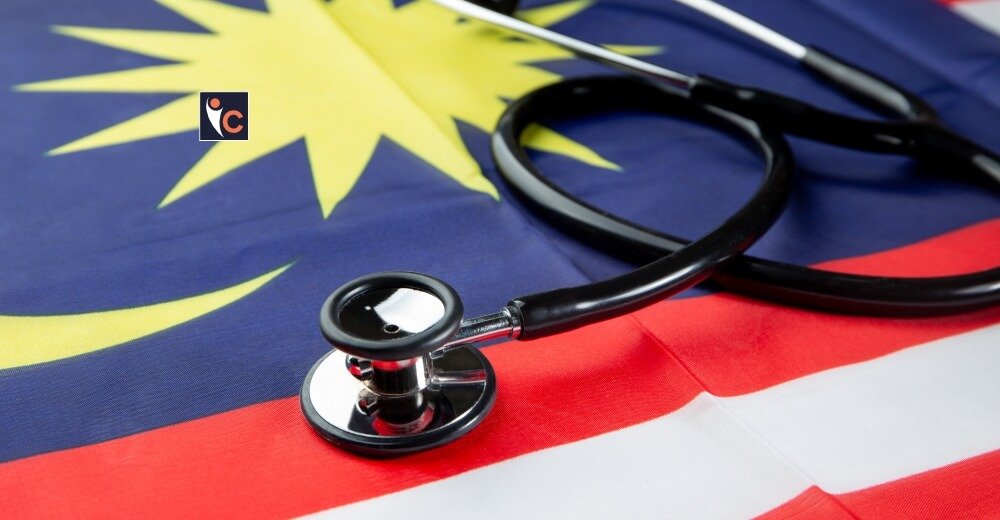Malaysia is ethnically and geographically diverse; this brings the huge challenge on attaining universal health coverage equitably to all parties, especially among the rural population. The Malaysian government has taken tremendous efforts in regard to achieving this universal health care. There has been numerous actions geared toward expanding the access for health care utilization by the population in the countryside. This mainly includes infrastructural development, ambulatory health service, digitalized health technologies, and coordinating efforts between public and private sector health services.
Improvement of Health Infrastructure in the Rural Sector
Health infrastructure is one of the significant components to be developed in rural health services in Malaysia. Thus far, the government has been keen on establishing Klinik Desa in every nook and corner of the country in the rural sectors. Klinik Desa caters to all the primary health care services of pregnant women and their newborns, vaccinations, and curative services in general. The establishment of Klinik Kesihatan in wider rural areas, which has also expanded more holistic services in an environment that has now become laboratory-based tests and chronic disease management.
The government also invested in medical specialists’ training to supplement the medical specialists’ deficiency in rural settings. In this regard, the government has offered health personnel incentives that include higher wages and career prospects for doctors and nurses working in rural areas. Mobile Healthcare Services
The Malaysian government has established mobile health care units to actualize the problem of rural lack of accessibility to health care. Mobile Clinic and Flying Doctor Service have been opened up to reach far-flung and inaccessible areas. These are greatly in demand in places where transport infrastructure is not sound like Sabah and Sarawak. Equipped with doctors and essential amenities, these units start delivering prompt treatment, preventive care, and health education.
Digital Health Solutions
It is, therefore, not surprising that access to health in the rural areas is shifting for the better with digital health technologies. The government has taken up telemedicine as an alternative way of bringing patients from rural areas and healthcare providers closer together. Initiatives like TPC will facilitate the consulting of specialists in urban hospitals for rural clinics, which will allow timely diagnosis and treatment to be provided in rural areas, thereby reducing the long distances that have to be covered by the patients to access healthcare and improving the quality of care in rural areas.
Other applications encouraged in mHealth involve arming people with health information and appointments. These technologies will help them better manage their health, especially in chronic cases where constant monitoring is required.
Public-Private Partnerships
It is through the cooperation between the public and private sectors that the betterment of rural health care in Malaysia has been accelerated. The private sector, through partnership with NGOs, has played a crucial role in expanding services to distant areas. One such example would be the Klinik Bergerak 1Malaysia, or 1Malaysia Mobile Clinics, which shows how private contributions complement government efforts toward reducing healthcare inequalities.
Pharmaceutical companies have also worked hand in hand with the government to ensure that drugs become affordable to the rural people. This is a very essential cooperation since it will guarantee that life-saving drugs and treatments are available to the rural people.
Health Education and Awareness
Health education would be included in improvement of health outcomes in rural Malaysia. Recently, the government carried out outreach programs in communities for the purpose of behavioral change towards preventive care, hygiene, and nutrition. Maternal and child health campaigns have been particularly successful in reducing infant and maternal mortality in rural settings.
The local health volunteers are sometimes members of the community. They are trained to provide health information and encourage their neighbors to seek healthcare. Grassroots efforts are very critical for building community trust and reducing cultural or logistical barriers to healthcare access.
Challenges and Future Directions
However, there are challenges. There is a geographical factor, a scarcity of health personnel, and an insufficient budget. Further, in certain rural areas, especially indigenous populations, cultural and language differences can become barriers to good communication and care provision.
The government is also still working hard to address these issues in innovative ways through spreading telehealth initiatives and offering medical supplies delivery through drones in such remote areas. Increased funding on rural healthcare supported by investments into infrastructure and technology will improve sustainability and the betterment of its cause.
Conclusion
The multifaceted approach of the Malaysian government to access healthcare in the rural areas will be a huge commitment to health equity. Some steps that Malaysia has taken in order to ensure care in the rural areas include the improvement of infrastructure, use of technology, and forming collaborations. The remaining challenges have to be overpowered by innovation and dedication so that society as a whole moves towards health.





